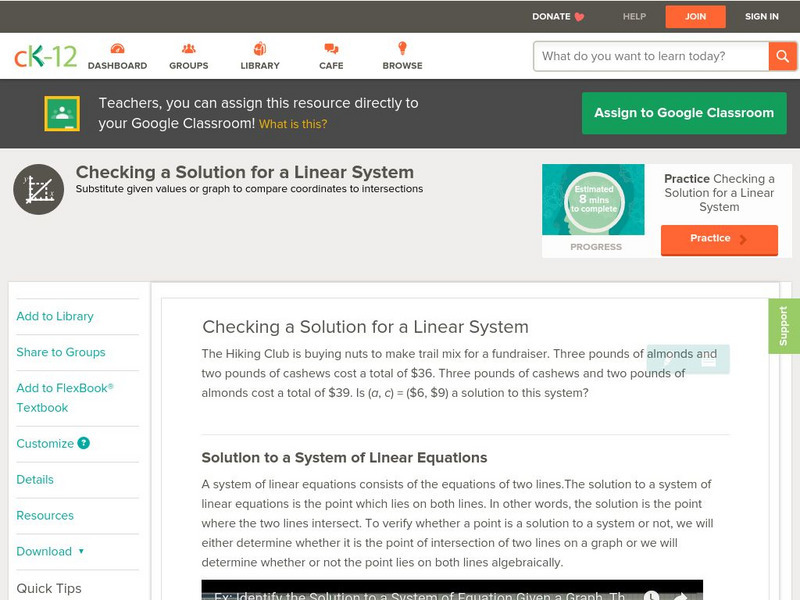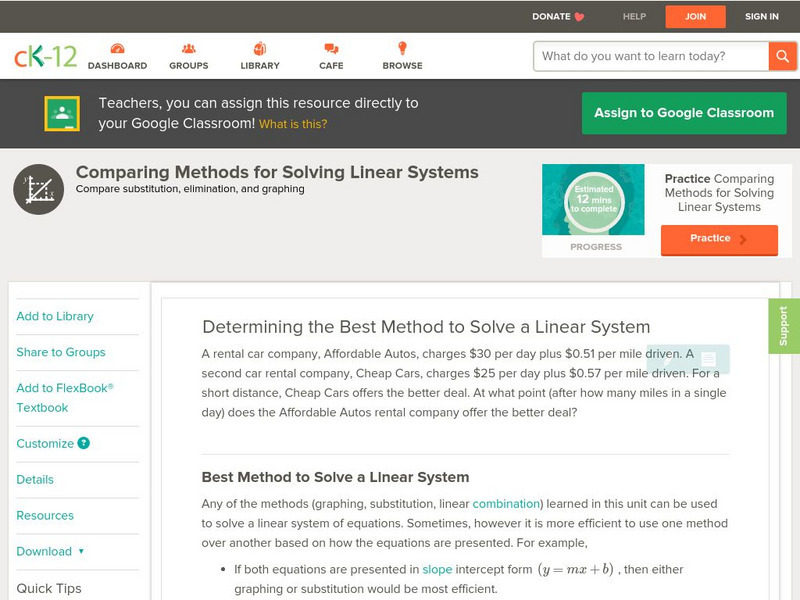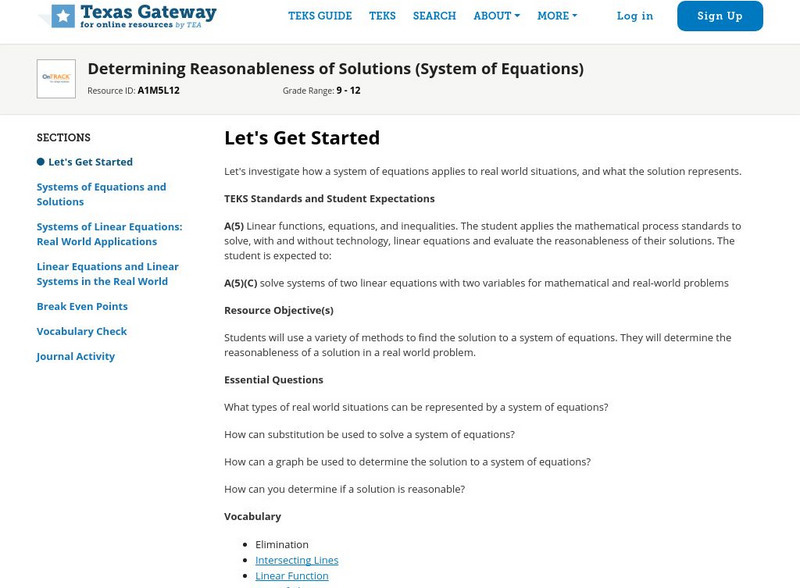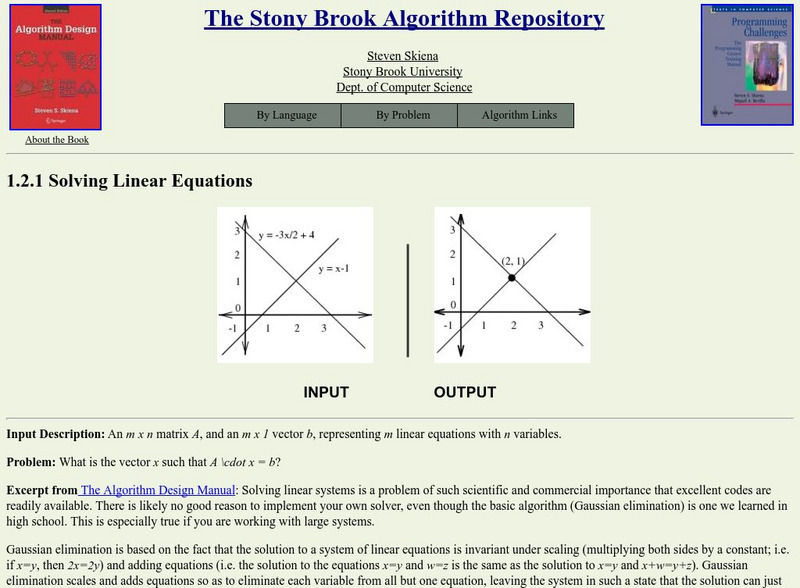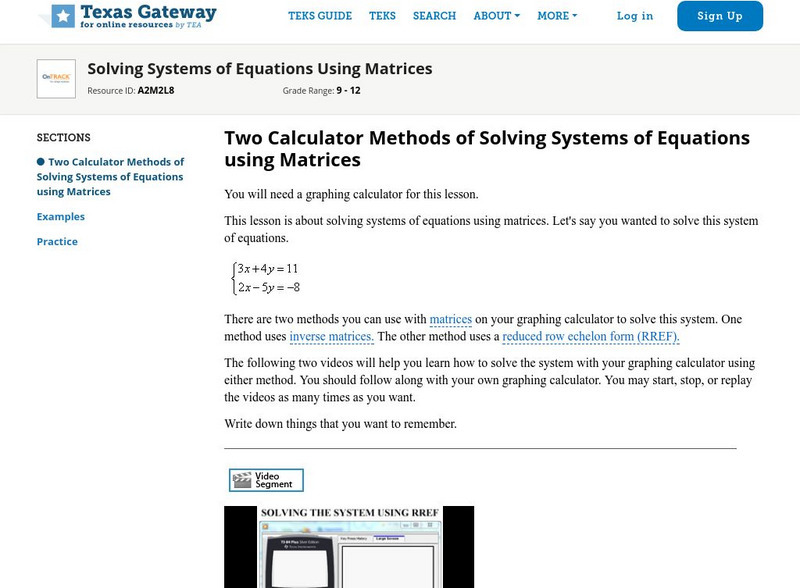Curated OER
Can You Dig It?
Students investigate a fossil site and diagram a site map. They role play as paleontologists.
Curated OER
Black Bayou Lake Measures Up
Students, in groups, estimate measurments and then select the tools needed and measure various items at Black Bayou Lake refuge.
Curated OER
Tortillas
Young scholars convert recipes for tortillas. They calculate the amounts of ingredients as they convert recipes and write an explanation of the task to demonstrate their calculations. After reviewing their calculations, they demonstrate...
Curated OER
Measuring Angles
Third graders describe an amount of turn from a particular position to another using the 'circular' benchmarks of 0, ++, ++, ++, and full turn. Estimation language such as 'just about', 'between', 'not quite', 'just over', and similar...
Curated OER
How far is a km?
Students explore the size of a kilometer and the time it takes to cover this distance. They develop a concept of a km. They measure a distance of 1 km and the time taken to cover it.
Curated OER
A thousand seconds
Students use seconds, minutes, and hours. They then discuss the size of a thousand. After that they read time in digital or analogue form.
Curated OER
The Lady's Age
Learners use a game to establish the context of solving problems in a systematic and mathematical fashion. They also solve various types of equations to find reasonable solutions.
Curated OER
The Old Chicken Run Problem
Sixth graders apply problem solving strategies to work with a real life situation in which they need to determine the area. They determine the area of chicken runs that are rectangular in shape when give a partial perimeter.
Curated OER
Polygonal Strings
Sixth graders apply knowledge of how to calculate the area and perimeter of triangles. They determine why it is inappropriate to measure the area of land by its perimeter which is done in certain areas of New Guinea. They complete a...
Curated OER
Modeling With Circular Functions
Students explore circular functions. They identify the amplitude, period, phase shift and vertical shift of circular functions. Students analyze phenomena described by sine waves and they find mathematical models for transforming images...
Curated OER
Dig Magazine Archeology Quiz #40
In this Dig Magazine archeology quiz, students answer 4 multiple choice questions covering a variety of topics. Page contains answer and additional resources link.
CK-12 Foundation
Ck 12: Algebra: Determining the Type of Linear System
[Free Registration/Login may be required to access all resource tools.] This lesson covers solving a system by graphing when there is no solution or infinitely many solutions.
CK-12 Foundation
Ck 12: Algebra: Determining the Type of Linear System
[Free Registration/Login may be required to access all resource tools.] Solve a system and use the result as a guide to identify its type.
CK-12 Foundation
Ck 12: Algebra: Checking a Solution for a Linear System
[Free Registration/Login may be required to access all resource tools.] This lesson covers determining if an ordered pair is a solution to a system of linear equations. Students watch a video tutorial, explore guided notes and attempt...
CK-12 Foundation
Ck 12: Algebra: Determining the Type of Linear System
[Free Registration/Login may be required to access all resource tools.] Recognize linear systems of equations with solutions and without solutions.
CK-12 Foundation
Ck 12: Algebra: Comparing Methods for Solving Linear Systems
[Free Registration/Login may be required to access all resource tools.] This lesson covers determining the best method to solve a linear system.
Other
Desmos: Linear Systems Bundle
A collection of activities where students investigate linear systems. Activities explore their features, points that are common to a system of two linear equations, ways to express a solution, using a system to make predictions, finding...
Texas Education Agency
Texas Gateway: Determining Reasonableness of Solutions (System of Equations)
Given verbal descriptions of situations involving systems of linear equations, the student will determine the reasonableness of the solutions to the system of equations.
Texas Education Agency
Texas Gateway: Linear Inequalities
This activity provides an opportunity for students to examine how to find solutions to linear inequalities by graphing.
Texas Education Agency
Texas Gateway: Solving Systems of Equations With Graphs
Given verbal and/or algebraic descriptions of situations involving systems of linear equations, the student will solve the system of equations using graphs. Incorporates GeoGebra applets.
Other
Stony Brook University: Solving Linear Equations
The name linear comes from the fact that such an equation in two unknowns or variables represents a straight line. A set of such equations is called a system. This site explains all this and more.
Texas Education Agency
Texas Gateway: Formulating Systems of Inequalities
Given a contextual situation, the student will formulate a system of two linear inequalities with two unknowns to model the situation.
Texas Education Agency
Texas Gateway: Solving Systems of Equations Using Elimination
Given a system of two equations where at least one of the equations is linear, the student will solve the system using the algebraic method of elimination.
Texas Education Agency
Texas Gateway: Solving Systems of Equations Using Matrices
Given a system of up to three linear equations, the student will solve the system using matrices with technology.
Other popular searches
- Systems of Linear Equations
- Linear Systems Word Problems
- System of Linear Equations
- Systems of Linear Inequalities
- Solving Linear Systems
- Graphing Linear Systems
- Calculator Linear Systems
- Algebra Linear Systems
- Linear Systems Graph
- Solve Linear Systems
- Two Variable Linear Systems













